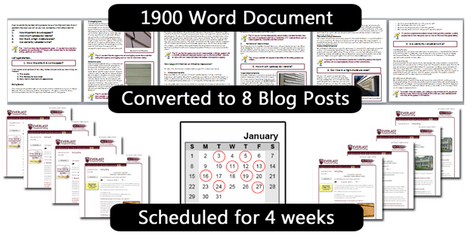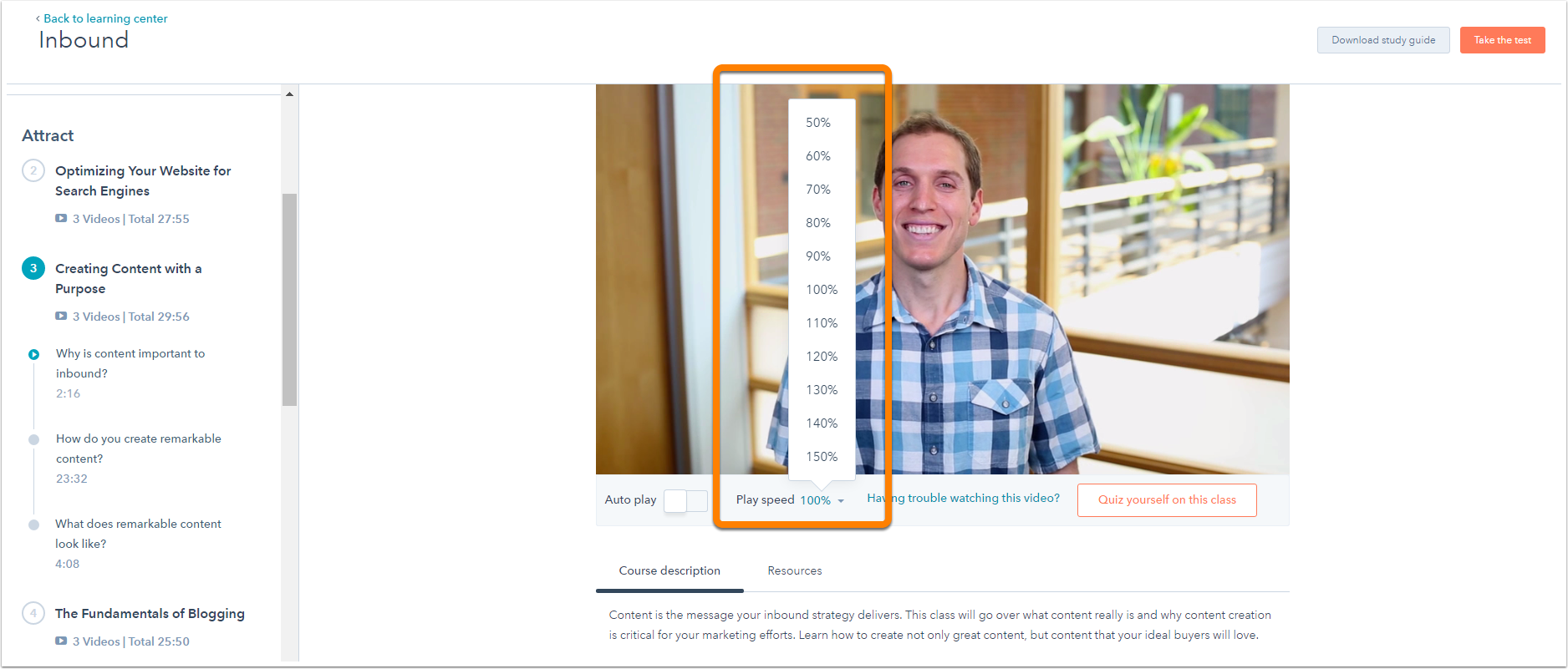Peter is the Marketing Director for United Home Experts and Everlast Composite Siding. Over the past 3 years Peter's company has used HubSpot tools with two websites to develop a strong online presence, generate thousands of new leads, obtain hundreds of new customers, and acquire millions of dollars in revenue. Introduce yourself to Peter Martino on Twitter @pmmartino.

Writers block plagues us all from time to time, but that's mostly an excuse. You know far more about your area of expertise than 99.89% of all the other people walking this planet. If you don't, that's unfortunate because that means you're easily replaceable (by your boss, your customers, or your readers). And I know you are NOT easily replaceable because you use HubSpot. HubSpot is for people who have something valuable to share, sell, or offer--like you!

You have enough valuable content already on your computer or in your brain for a decade worth of blog posts. Here's an example of how one might leverage some existing content - I just did it!
Here's 5 tips to converting existing paper content, whitepapers, PDF's or other valuable documents into blog posts.
1. Start with content that your existing audience finds valuable
In our example I took a "Siding Comparison Guide" PDF that's been downloaded by close to 1,000 people and has been influential in generating multiple sales and over $100k in revenue for our company. Here's a quick list of content you might already have:
|
|
2. Find natural segments or sections
My document was already segmented into 3 sections with enough content for 8 blog posts. I target a length of 300 words for each blog post. I know some blog posts can be longer if they are engaging enough, but I say short and simple with the opportunity for the reader to get more by subscribing or filling out a form.
3. Create a series and a call to action
If it's a multi-part series with a common theme, have a call-to-action both in the beginning and end offering readers the chance to receive the full document, analysis, or white paper by email. Guess what? You've just captured a new lead!
4. Add a creative twist to each article
It's worth your time to add something really engaging to your blog post. According to Maile Ohye of Google, relevance (unique and engaging content) is essential to ranking well in organic search. I'm not exactly sure what Google uses to gauge the quality of content, but I'm sure it has something to do with a low bounce rate, long time-on-site, and if Google+ really takes off, I'm sure that will be influential too. Try adding an infographic, a spectacular photo, or a straight answer to a tough question.
5. Schedule your blog articles
Scheduling posts ahead of time is powerful. Getting an alert for your scheduled blog post is like finding cash in the dryer that you forgot you had. We all know what it's like to be interrupted in the middle of writing (A blog post that should take 30 minutes takes 90). Lock yourself in a room, craft some outstanding blog posts from existing content and schedule them out for weeks to come. Every time one posts, it'll brighten your day!










